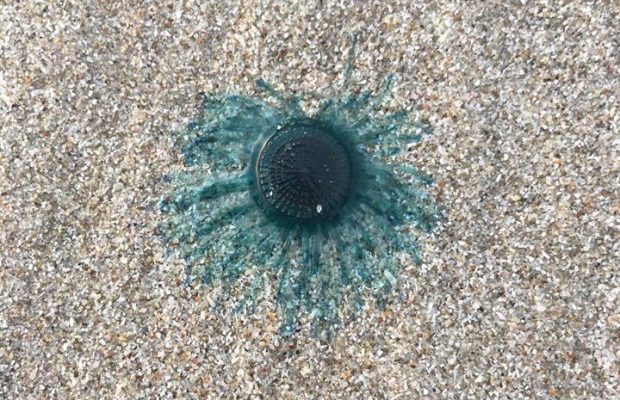Cannonball jellyfish yield surpasses 60 thousand tons
By José Antonio Pérez
Marco Antonio Ross Guerrero, Deputy Secretary of Fish and Aquaculture for the Ministry of Agriculture, Ranching, Hydraulic Resources, Fishing and Aquaculture (SAGARHPA) reports the harvesting of “cannonball jellyfish” now represents the second most important product extracted from the Upper Gulf of California. Cannonball jellyfish have come to represent a direct and indirect source of income for more than 5 thousand Mexican families, as their harvest for this season has generated close to 500 million pesos.
Marco Ross detailed that jellyfish harvesting in the area began in 2002, however, climatic conditions weren’t favorable for ongoing activity until 2017, which is when the first 45 thousand tons were exported to China.
The fishing representative highlighted cannonball jellyfish is a sustainable product for the area as the harvesting process doesn’t affect other species, while the amount of jellyfish removed from the environment is practically that which is about to die.
Cirilo Soto Murillo, Jellyfish Committee Representative, Producer, and International Exporter added while jellyfish exports began with China, new markets are opening in Korea, Japan, Indonesia, Thailand, and certain regions of Europe and the U.S
